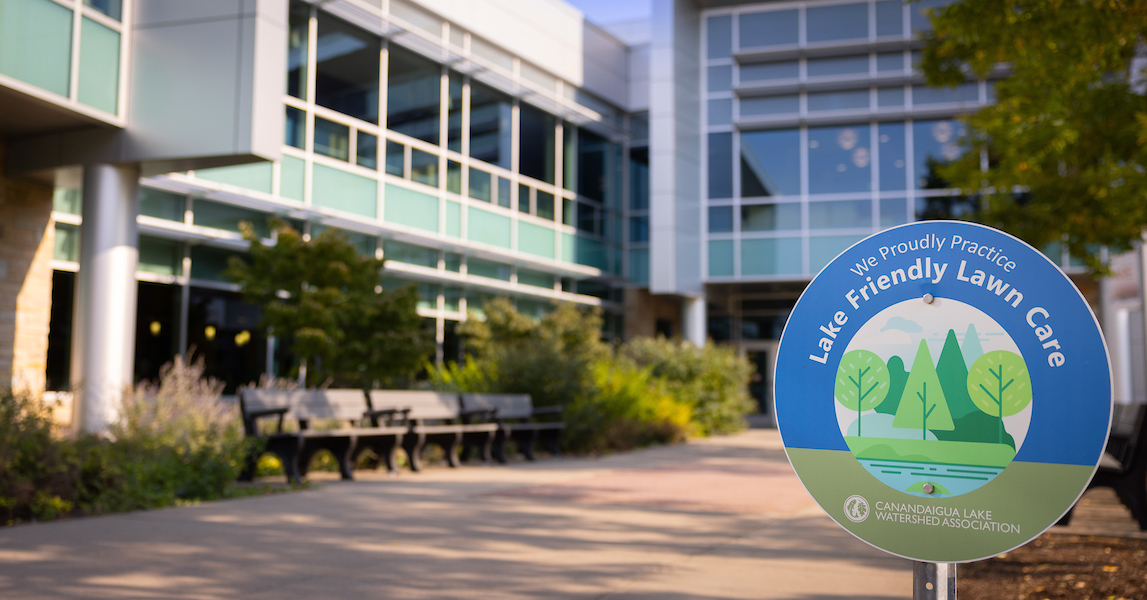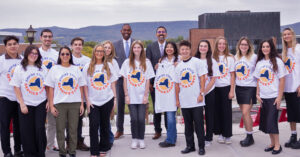As COP29 ends, it is clear that cities will be at the forefront of climate mitigation. They should pay attention to what universities are doing.
Countries from around the world met at COP29 in Baku, Azerbaijan, to discuss national targets for limiting greenhouse gas emissions. These commitments are important, but a large portion in the decline in emissions in the United States has been from the actions of “sub-national” parties like New York State, New York City, utilities, and corporations that have adopted ambitious goals and switched to lower carbon fuels. Cities have had a voice at these gatherings for over 30 years and this role was formalized in a Local Climate Action Summit at COP28 last year.
For those who want to see real action on climate change, this is a hopeful sign because cities are at the forefront of the climate crisis and the fight against it. Cities are responsible for more than 70 percent of global greenhouse gas emissions and also bear the greatest impacts from flooding, heat, and other extreme weather. Last summer during the hottest year on record, Phoenix endured 54 days of temperatures above 110 degrees, a deadly heat level, New York City experienced its worst air quality on record due to Canadian wildfires, and flash floods wreaked havoc across the Southeast, Northeast, California, and Florida.
This year, during an even hotter year so far, New York City is enduring a drought and smoke from its own wildfires, and a tropical hurricane destroyed communities far inland in mountainous Western North Caroline. With a supercharged climate wrecking havoc on established weather patterns, there are no climate havens.
Municipal leaders understand this and have leveraged their direct control over infrastructure and operations to create practical solutions for making their communities more resilient to climate change (e.g., cooling centers, green infrastructure, and shoreline defenses) and to reduce the carbon pollution that contributes to climate impacts (e.g., public transportation, bike-share networks, clean fleets, and energy-efficient public buildings).
To have a meaningful impact on national targets, however, city-wide energy transformations will have to change how private buildings are heated, cooled, and powered. Building-level emissions limits under New York City’s Climate Mobilization Act, for example, present an opportunity to collaborate on efficient thermal energy networks, but achieving cooperation between various owners will be daunting and will tie up the rollout of this technology in years if not decades of negotiations.
To solve this problem, it’s time to bring another partner into the room – the higher education sector. College and university campuses are densely populated like cities but have the benefit of directly controlling their campuses — all the land, buildings, transportation, and services. This allows for streamlined implementation of policies and technologies that collective action problems might otherwise block.
Campuses have long been early adopters in setting climate targets and implementing sustainability programs. The State University of New York (SUNY), for example, boasts a population of more than 450,000 students, faculty, and staff—comparable to a top 50 U.S. city – and several SUNY campuses have populations ranging from 10,000 to 50,000 each. These mini-cities are adopting innovative, campus-wide clean energy plans aimed at achieving net-zero emissions through thermal energy networks using wasted heat and geothermal wellfields. Campuses are also investing in solar and battery storage projects to power their micro-grids, setting a precedent for cities. The local thermal and renewable energy networks will be models that can be scaled up in cities across the country and world.
In addition to energy solutions, campuses are leading the way in sustainable procurement, food systems, and waste reduction. SUNY has begun phasing out single-use plastics, adopting sustainable procurement guidelines, composting food scraps, and facilitating student-run furniture and clothing swaps.
The potential for cooperation between universities and cities is thus far largely untapped. By partnering to incubate, measure, and scale innovative programs, these institutions can accelerate the adoption of decarbonizing technologies and practices. Increased federal, state, and utility investments in campus infrastructure could serve as a catalyst, preparing the way for city-wide clean energy transitions.
Collaboration between campuses and cities is vital to scaling up sustainable solutions and turning ambitious climate targets into reality in the battle against climate change.
Authored by Carter Strickland, SUNY’s Chief Sustainability Officer.




